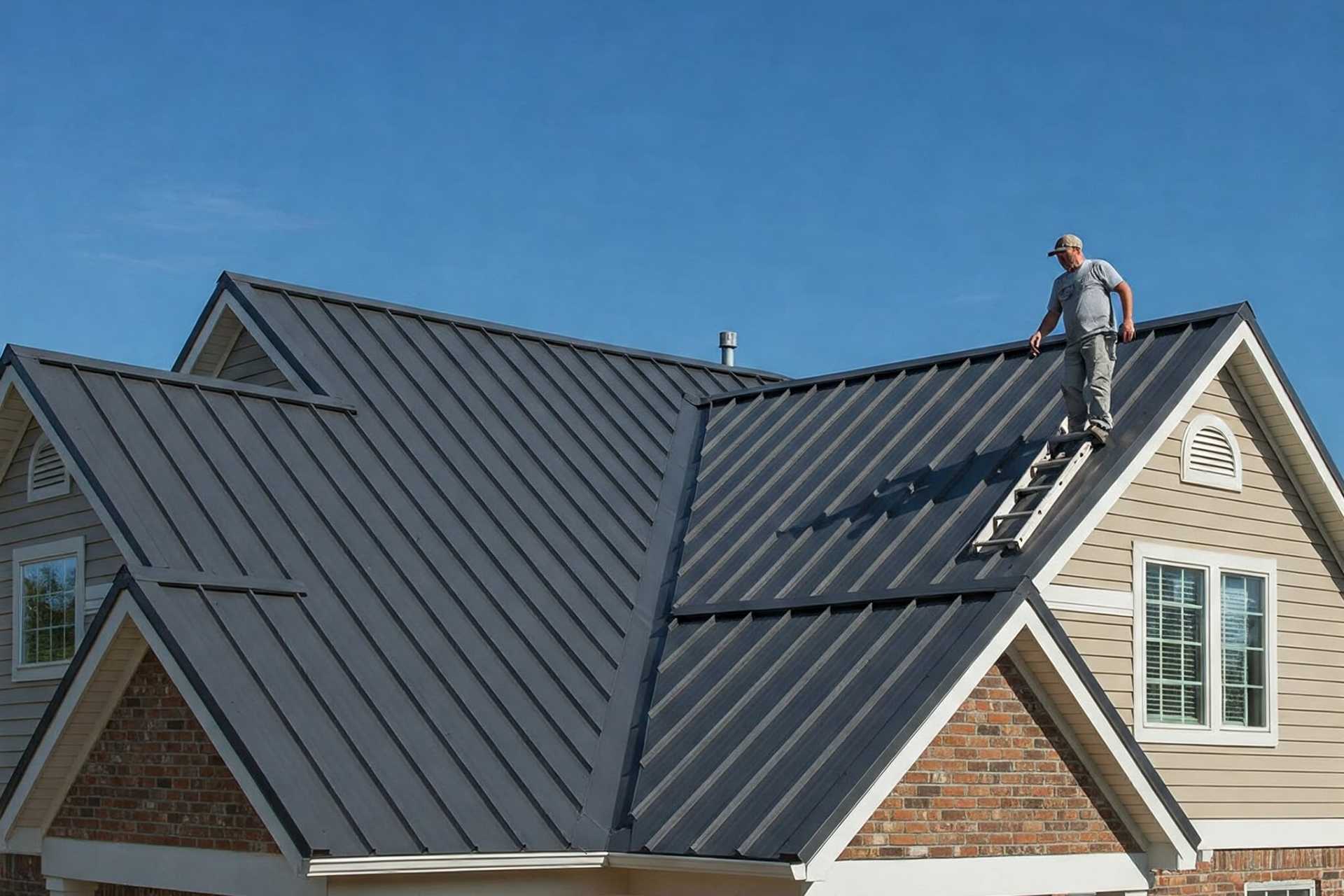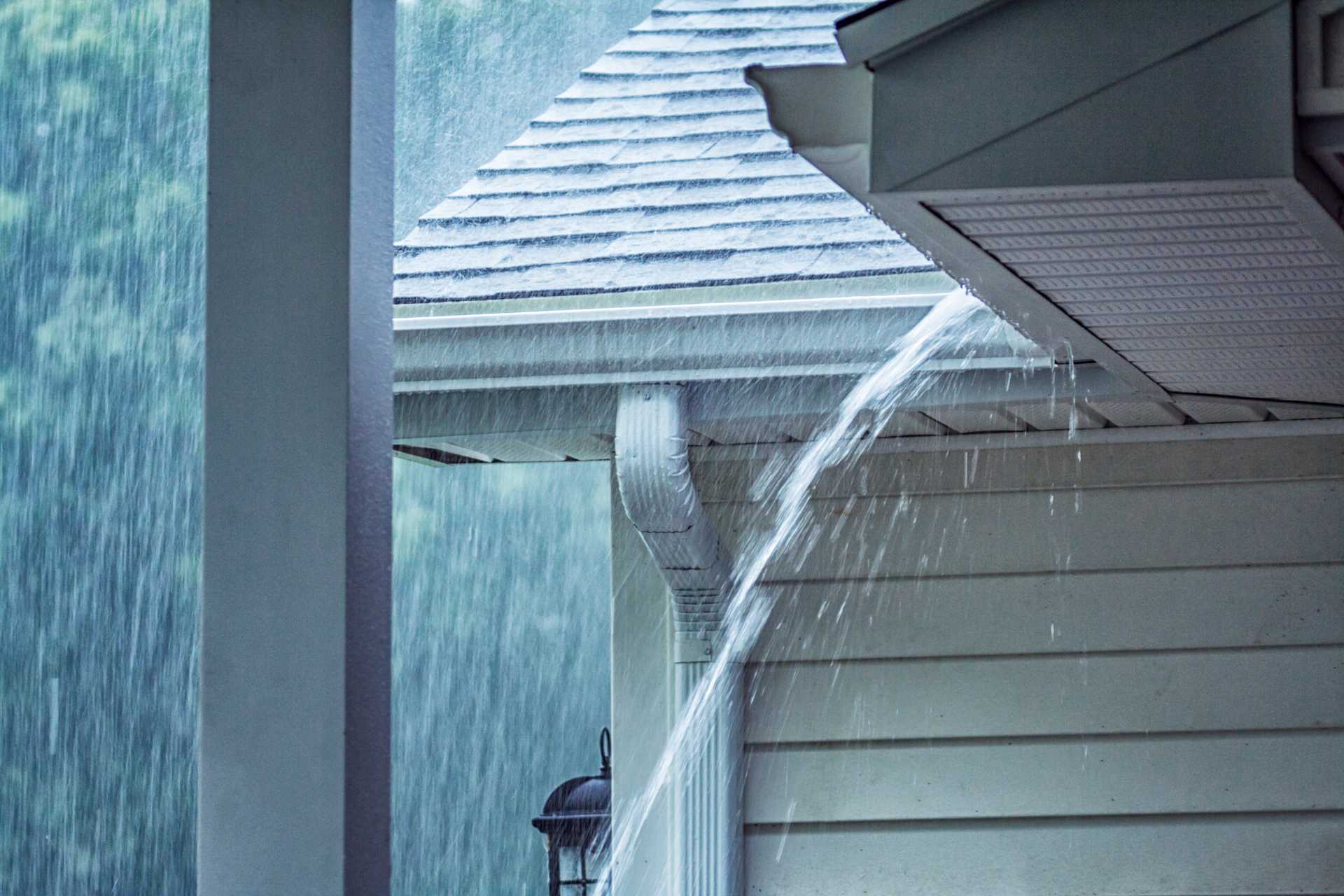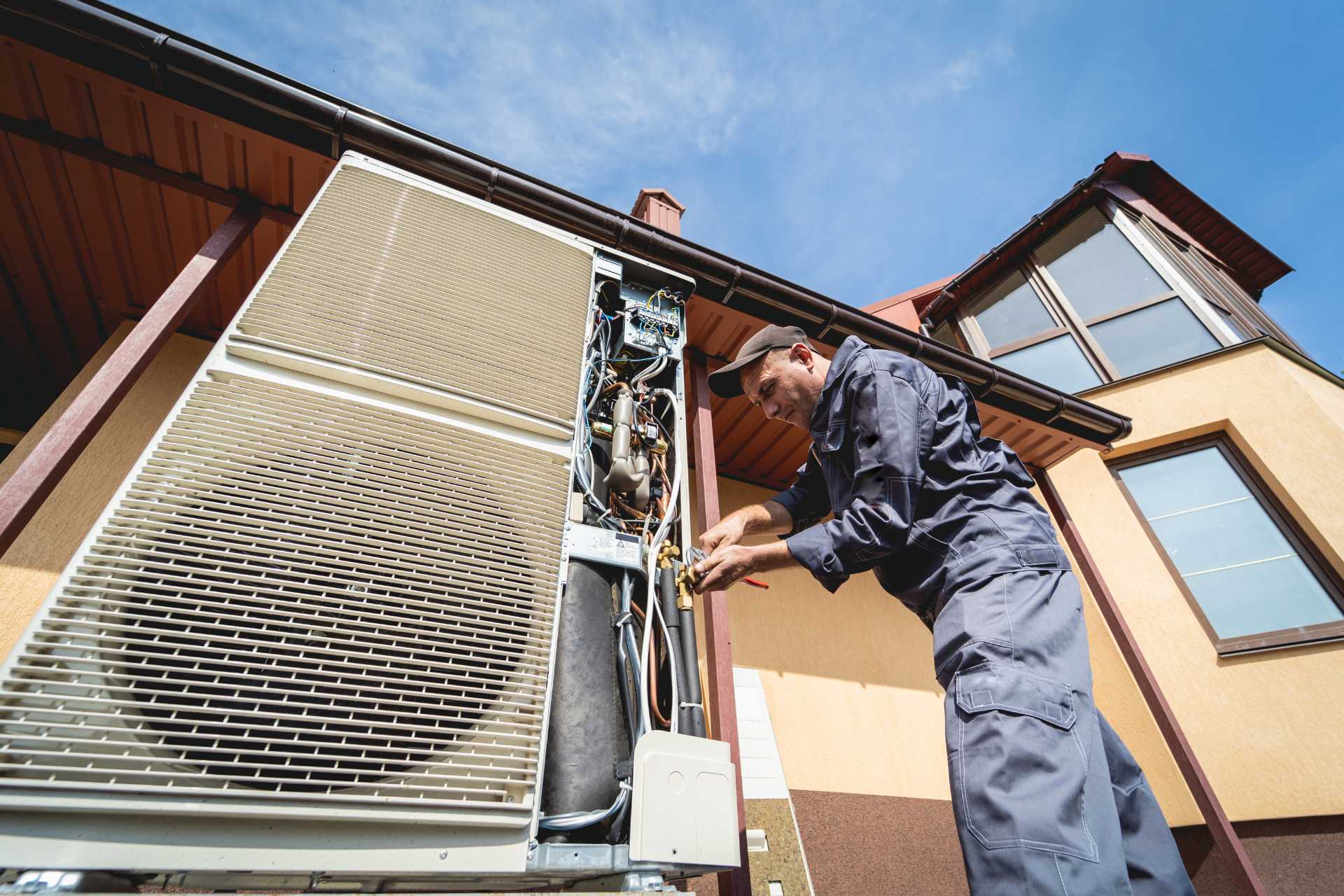Introduction: Your Home’s Exterior is a Team, Not a Group of Individuals
Think of your home’s exterior as a team of defenders—the roof, siding, windows, and gutters—all working together to protect your biggest investment. The most common and costly mistake in home maintenance is treating these players individually, fixing problems only as they arise. This reactive approach, like calling a roofing company to patch a leak one year and considering a window replacement the next, ignores the fact that all these components are part of an integrated system. A failure in one area inevitably puts stress on the others, often leading to a cascade of damage that is far more expensive to repair than the original issue. The smarter, more financially sound strategy is a proactive, coordinated approach to exterior upkeep. This allows you to identify weaknesses and plan upgrades logically to protect your entire home.
The Domino Effect: How One Small Failure Leads to Big Problems
The Clogged Gutter Catastrophe
A simple clog of leaves in a gutter can trigger a surprisingly destructive chain reaction. When water cannot drain, it overflows, soaking the wooden fascia boards and causing them to rot. This can cause the gutters themselves to detach from the house. The water then streams down the siding, leading to stains and mould, while also pooling around the foundation. This saturation creates immense pressure on foundation walls, potentially causing cracks and basement leaks. It is crucial to remember that gutter maintenance is also vital for the roof’s lifespan. Clogged gutters can force water back up under the lower edge of your shingles, leading to rot in the roof decking itself—a serious issue that begins with a simple, preventable problem.
The Cracked Siding Crisis
A single cracked or loose siding panel is more than a cosmetic flaw. It is a critical breach in your home’s defence. This small opening allows wind-driven rain to penetrate the wall cavity, where it saturates the sheathing and insulation. This chronic dampness, often hidden from view, leads to wood rot and creates an ideal environment for pests like carpenter ants and termites. Furthermore, compromised insulation loses its effectiveness, leading to higher energy bills. If the damaged siding is near the eaves, moisture can travel upward to the soffits and roof decking. This is one of the many roofing issues that can surely affect your home, demonstrating how a problem with your walls can quickly become a problem with your roof, escalating repair costs significantly.
The Pitfalls of Mismatched Timelines and Materials
The “New Roof on an Old House” Problem
Investing heavily in one new component while ignoring its aging neighbours is a common but flawed strategy. For example, spending thousands on a new 30-year roof provides a false sense of security if the siding and windows are 25 years old and failing. Water will simply find the next path of least resistance, which will be the cracked window seals or deteriorating siding. The full value and lifespan of the new roof are undermined because the overall system remains vulnerable. Eventually, when the other components fail, repairs may require altering the newer roof’s edges and flashing, leading to more complexity and expense than if the projects had been coordinated from the start.
Material Incompatibility and Flashing Failures
Modern exterior products are engineered to work as an integrated system, and nowhere is this more critical than at the connection points. Proper window installation, for example, requires specific flashing techniques that must be layered correctly with the home’s weather-resistant barrier and siding to create a truly waterproof seal. When these projects are done years apart, perfect integration is nearly impossible. A window installer may have to make a compromised seal against old siding, while a siding crew years later may disturb the window’s original flashing. The only way to guarantee a seamless, durable, and leak-proof barrier is to coordinate the replacement of adjacent components like siding and windows at the same time.
The Proactive Approach: Your Coordinated Upkeep Game Plan
The Semi-Annual Exterior Inspection
The foundation of proactive upkeep is regular inspection. A simple walk-around of your property each spring and fall can help you spot potential issues before they become expensive emergencies. Regular roof inspections are important for homeowners to make sure that their roofs are well-maintained and can withstand the test of time. From the ground, look for cracked or curling shingles. Check gutters for debris and ensure they are securely attached. Inspect siding for cracks or warping, and examine the caulking around windows and doors for any signs of decay. This brief, seasonal check-up is the most cost-effective maintenance you can perform.
Smart Scheduling: Bundling Projects for Long-Term Savings
Based on your inspections, you can plan major upgrades in a logical, coordinated manner. Bundling related projects is a smart way to save money and ensure superior results. Replacing the roof and gutters at the same time is a natural fit, as is replacing windows and siding together. This approach ensures that all the waterproofing and flashing systems are perfectly integrated by a single crew. Bundling often leads to package discounts from contractors and minimizes disruption to your household by consolidating multiple projects into one well-managed event. This moves you from a reactive, stressful repair cycle to a proactive, controlled plan.
Create a Home Maintenance Calendar and Budget
Proactive maintenance requires proactive financial planning. A simple spreadsheet or app can be used to track the age and expected lifespan of your home’s major components. This turns vague worries into a manageable plan. Understanding that a roof lasts 20-30 years or that windows last 15-25 years allows you to anticipate and save for these large expenses over time. This embodies the principle that roofing maintenance ensures that your roof will stay strong and will prolong its lifespan, as planning is a key part of that process. By setting aside funds regularly in a dedicated account, you can avoid the financial shock and high-interest debt that often accompany emergency repairs. This keeps you in control of your home and your finances.
An Ounce of Prevention is Worth a Ton of Repairs
To protect your home and finances, you must abandon the costly cycle of reactive repairs. View your exterior as a single, interconnected system. Maintain it with a coordinated, proactive strategy. This approach prevents small issues from becoming catastrophic failures. This requires a shift in perspective. Reframe maintenance from a chore into a smart financial plan. Such a plan protects your property value and your peace of mind. You can begin this weekend with a simple 15-minute walk-around inspection. If you spot multiple areas of concern, consider getting a single, comprehensive assessment from a qualified exterior contractor. Taking control of your home’s upkeep is the best investment you can make in its future.







